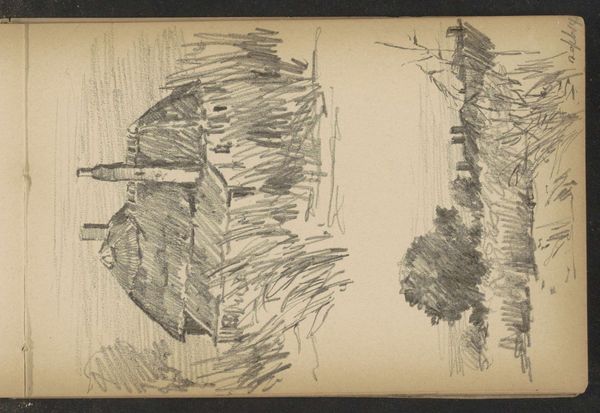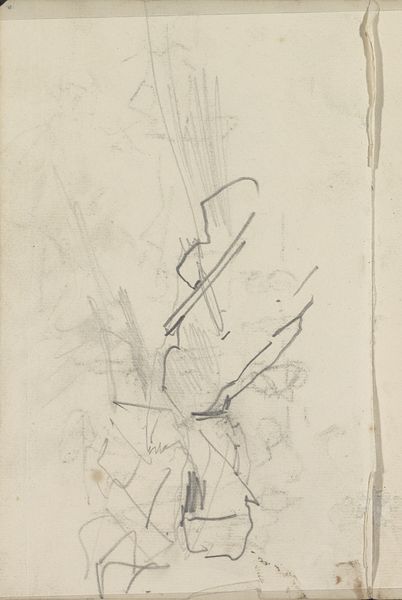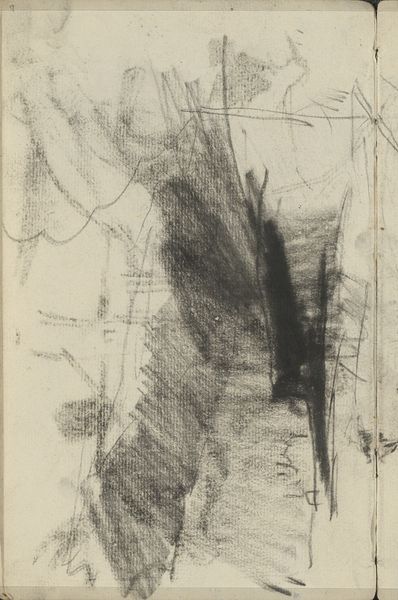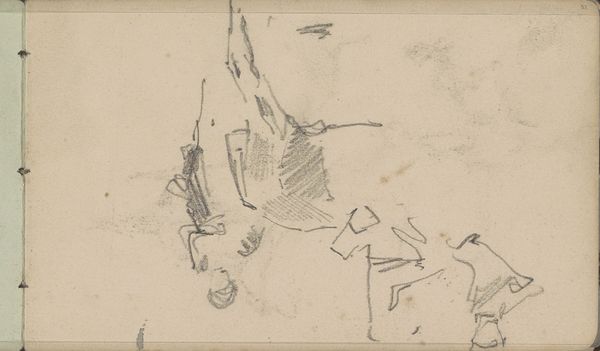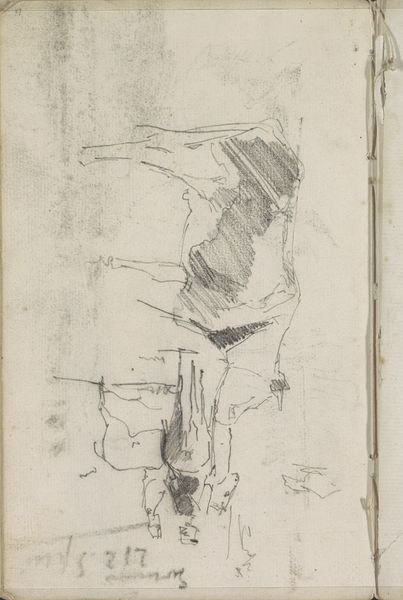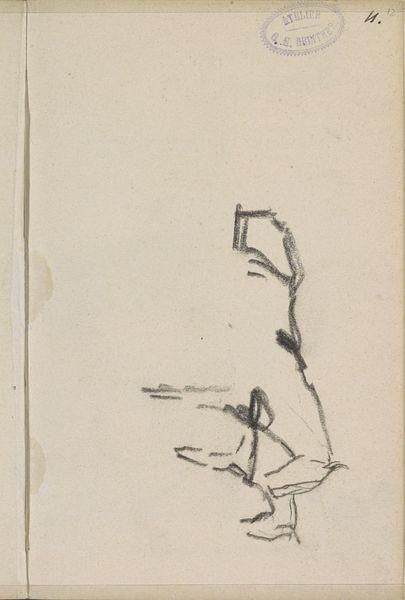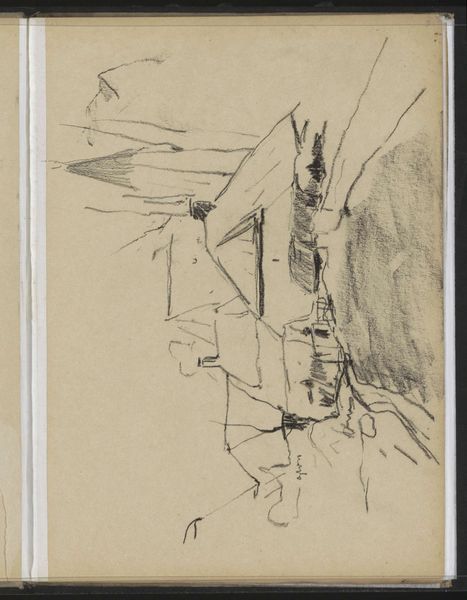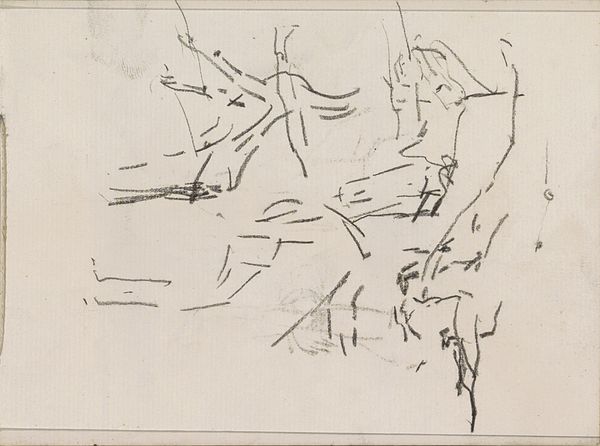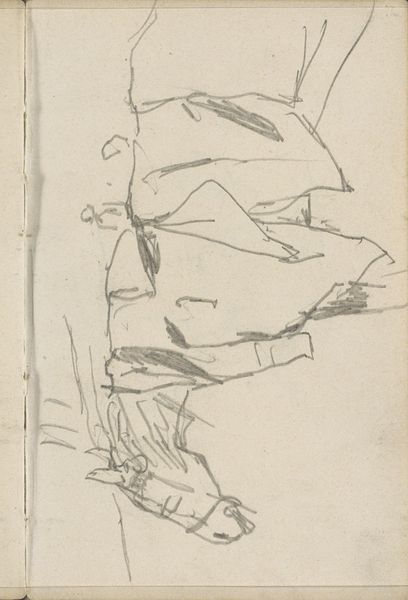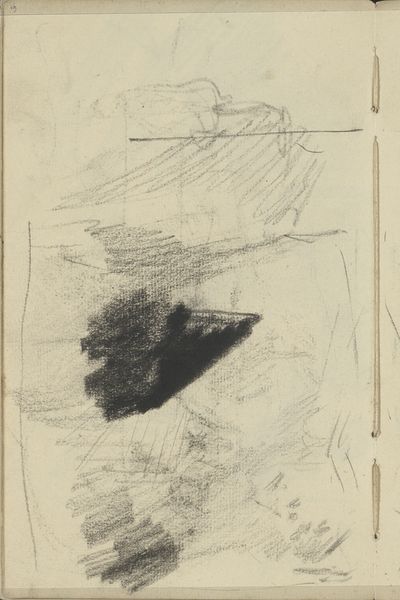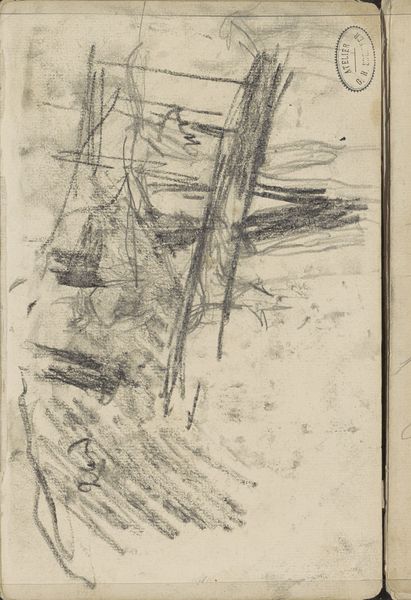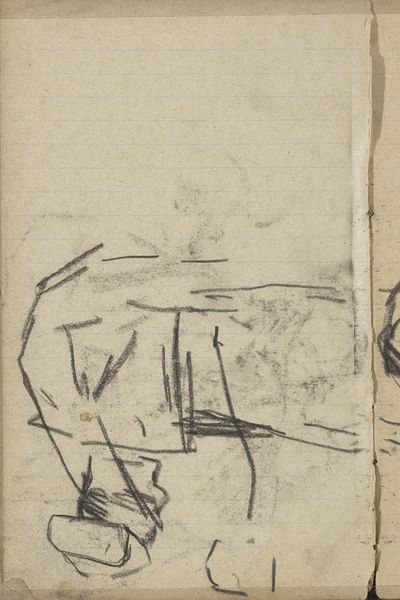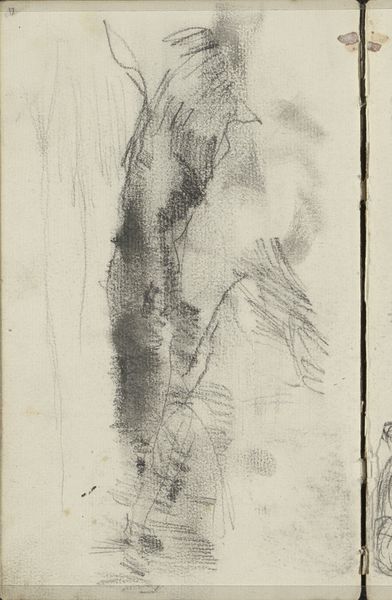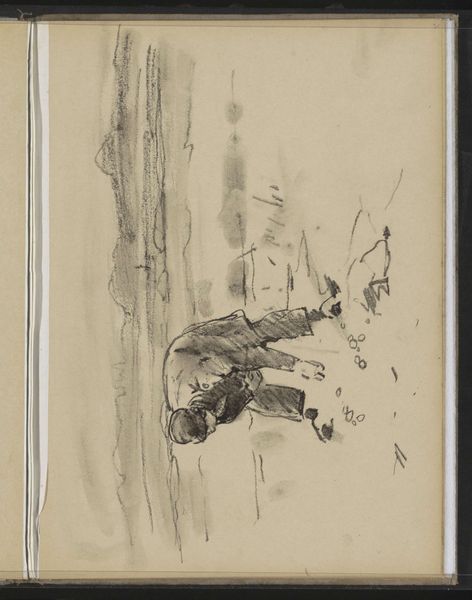![Myna on a Branch [left of a triptych of Scholar with Heron and Myna] by Kusumi Morikage](/_next/image?url=https%3A%2F%2Fd2w8kbdekdi1gv.cloudfront.net%2FeyJidWNrZXQiOiAiYXJ0ZXJhLWltYWdlcy1idWNrZXQiLCAia2V5IjogImFydHdvcmtzL2Y0ZDZkNDcxLTMwN2QtNDE0Yy05NzQ3LWMzZjQxMjM2NzI2ZC9mNGQ2ZDQ3MS0zMDdkLTQxNGMtOTc0Ny1jM2Y0MTIzNjcyNmRfZnVsbC5qcGciLCAiZWRpdHMiOiB7InJlc2l6ZSI6IHsid2lkdGgiOiAxOTIwLCAiaGVpZ2h0IjogMTkyMCwgImZpdCI6ICJpbnNpZGUifX19&w=3840&q=75)
Myna on a Branch [left of a triptych of Scholar with Heron and Myna] c. mid 17th century
0:00
0:00
paper, ink-on-paper, ink
#
asian-art
#
japan
#
paper
#
ink-on-paper
#
ink
#
ink drawing experimentation
#
japanese
Dimensions: 66 x 11 1/2 in. (167.64 x 29.21 cm) (mounting)31 1/4 x 11 1/2 in. (79.38 x 29.21 cm) (image)
Copyright: Public Domain
This scroll painting, "Myna on a Branch," was created by Kusumi Morikage around the 17th century. Here, the myna bird perches on a delicate branch, rendered in subtle ink washes that capture its essence. In East Asian art, birds often symbolize freedom, joy, or transition between states. The myna, with its capacity for mimicry, becomes a symbol not just of nature but of our interactions with it. Consider how bird motifs appear in ancient Egyptian hieroglyphs and Renaissance allegories, each time shifting in meaning yet retaining a connection to the natural world. The delicate branch and the watchful bird evoke a feeling of quiet observation. Such imagery taps into our collective memory, resonating with a primal awareness of nature's rhythms and secrets. Morikage's simple composition transcends its immediate context, echoing through time, engaging us on a subconscious level.
Comments
minneapolisinstituteofart almost 2 years ago
⋮
Japanese hanging scrolls often come in groups of three: a central figure painting flanked by birds, landscapes, or complementary figures. Kusumi Morikage made this triptych’s central figure a Chinese scholar whose servant boy holds a pole to display a hanging scroll painting of bamboo. Though unidentified, the scholar is likely Su Dongpo (1037–1101), a famous Chinese statesman, poet, and painter. Bird-and-flower paintings in an abbreviated, quasi-Chinese style complement this portrait of an ancient Chinese literary hero.
Join the conversation
Join millions of artists and users on Artera today and experience the ultimate creative platform.
